There may be no kitchen appliance as controversial as the garlic press. Professional kitchens and many avid cooks despise it, while others staunchly defend it.
On the one hand, Julia Child called it a "wonderful invention." On the other hand, Anthony Bourdain, in his must-read book Kitchen Confidential said, "Misuse of garlic is a crime. Old garlic, burnt garlic, garlic cut too long ago, and garlic that has been tragically smashed through one of those abominations, the garlic press, are all disgusting."
Me? I'm not a huge fan. Not for the usual reasons—they're hard to clean, they're a one-trick pony, etc.—but because they leave far too much delicious garlic juice inside the press. To me, garlic from a press tastes like the younger, less-successful brother of real garlic.
But I understand the allure. Garlic presses take a hard-to-prep ingredient and turn it into a luxurious paste. But here's a secret: you can make garlic paste that has an even smoother texture and a much better flavor with just a knife and a pinch of salt.

Peel the Garlic
Peeling your garlic doesn't need to be an arduous task. Simply crush the clove with the side of your knife or try the shaking-it-in-a-container hack.

Mince the Garlic
Give your garlic a rough chop by slicing each clove and then running your knife over the pile of slices a few times. Don't worry about being too precise, or too quick... you'll get faster each time!

Add Salt
A large pinch of kosher salt is the secret to making the paste perfect. The salt breaks down the garlic and begins to draw out the liquids, which cuts the abrasiveness of the ingredient while highlighting its best flavors. All you need to do is push all your garlic into a pile, and top it with a large pinch of salt.

If you don't want to add salt, no worries; the paste will still work great, it will just take you a little longer with your knife.
Squish, Mince, & Repeat
Here's where you'll see the salt work its magic and the garlic mixture turn into a paste. Place your knife on a portion of the garlic pile, flat side down, at a 30-degree angle. Then apply pressure to the blade to squish the garlic, and as you do so, slide the knife as though you're sanding wood. Don't be afraid to apply a decent amount of pressure to your knife; they may seem frail, but a decent chef's knife is actually designed to have a lot of give to it and can withstand pressure and bending.

After you've squished the whole pile, chop it for a few more seconds with your knife, push the mixture back into a pile, and repeat the process. It may take a while the first time around, but once you get the hang of the movement, you'll only need to repeat the process once more to have divine garlic paste.

Now your garlic is ready to be used in any application where you would have used pressed garlic. You'll notice a much better garlic flavor, and your cleanup will be a lot more enjoyable.
More Garlic Goodness
Garlic is a kitchen staple, but there are many different types out there—which is why you need this ultimate garlic cheat sheet. You can upgrade a dish by adding mysterious black garlic, too. And this quick trick helps skins slide right off garlic cloves.







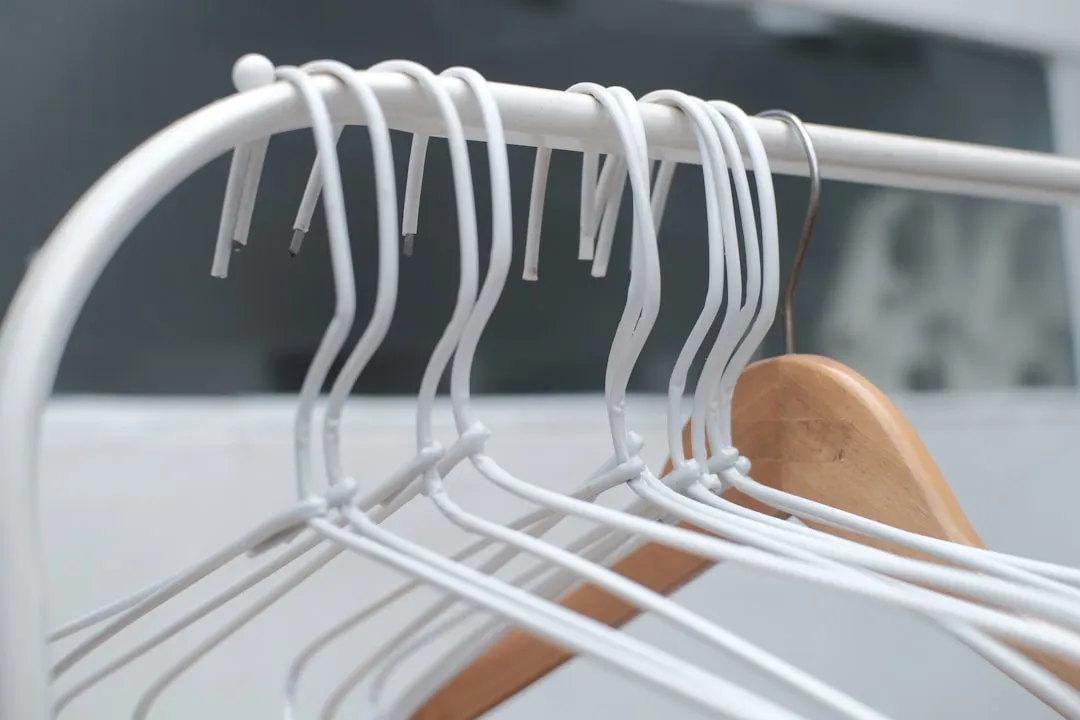


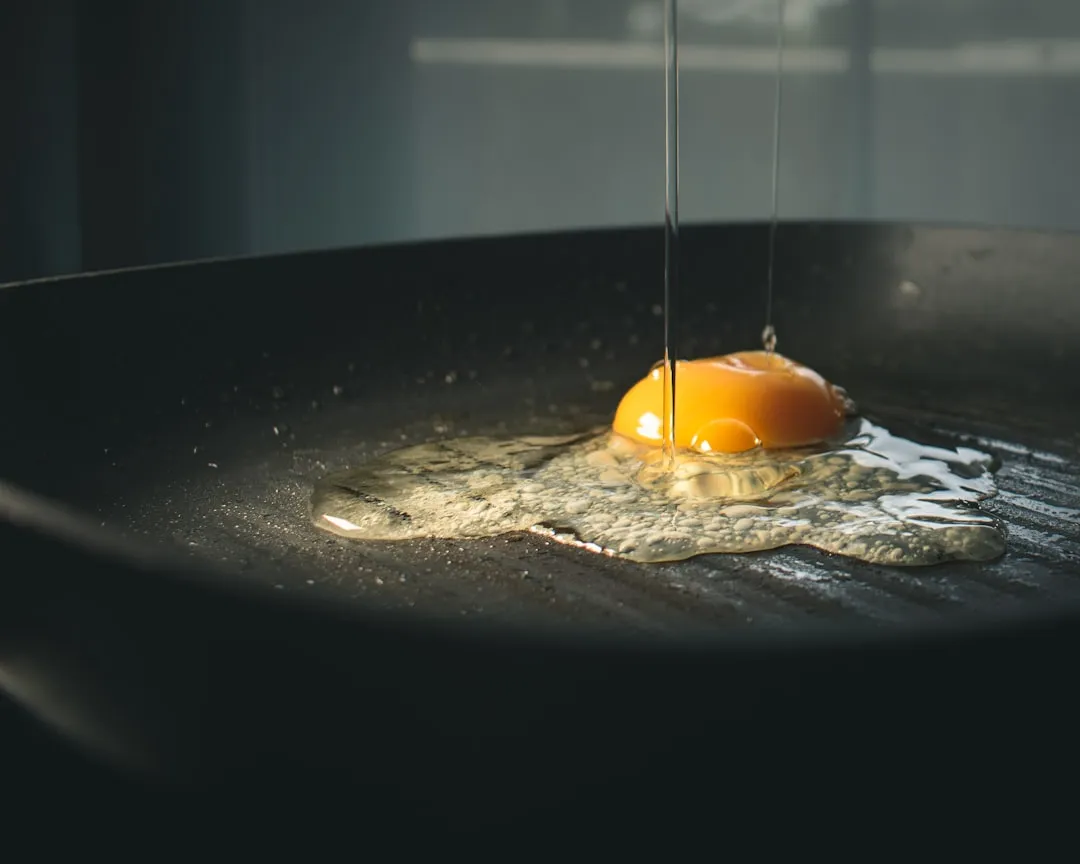




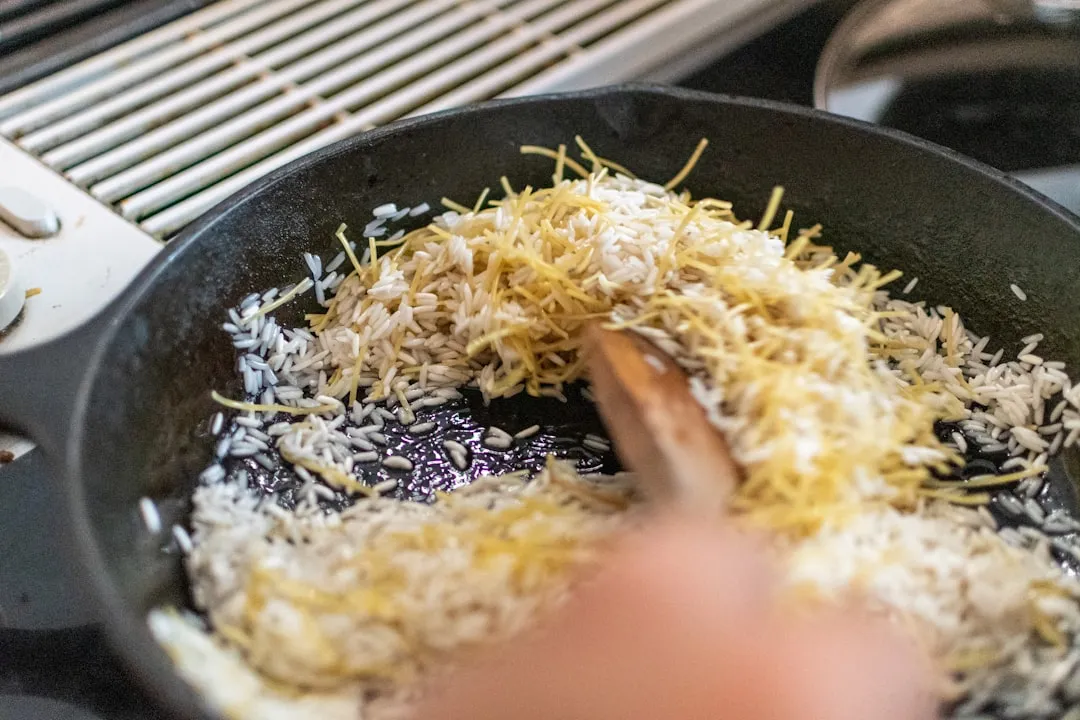
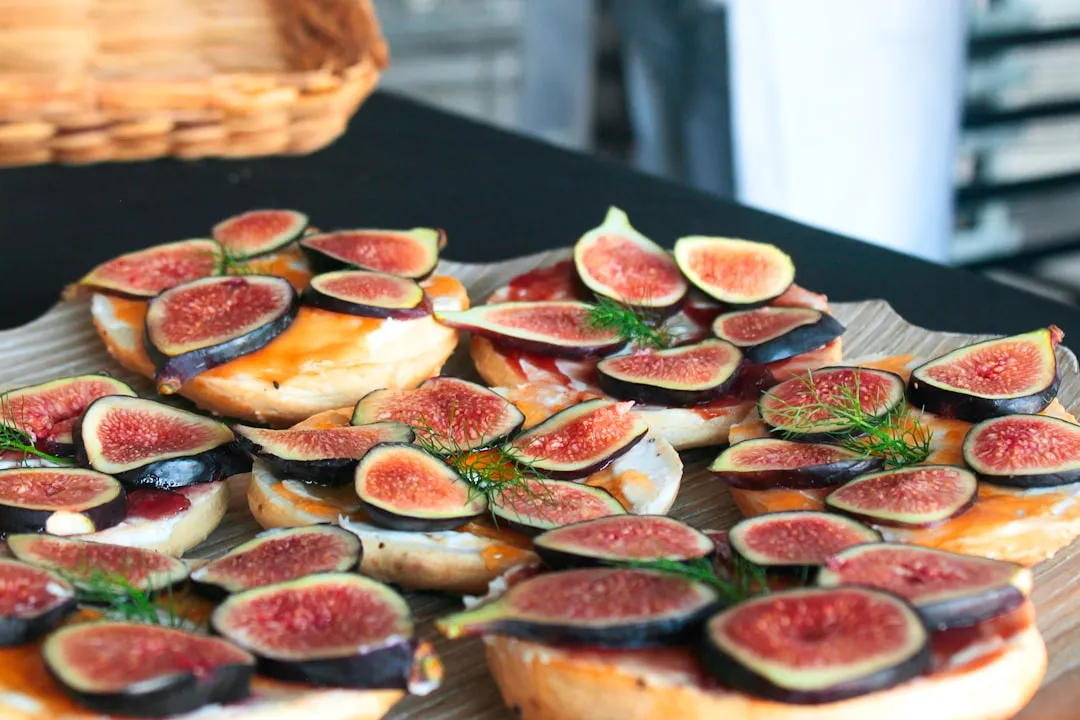

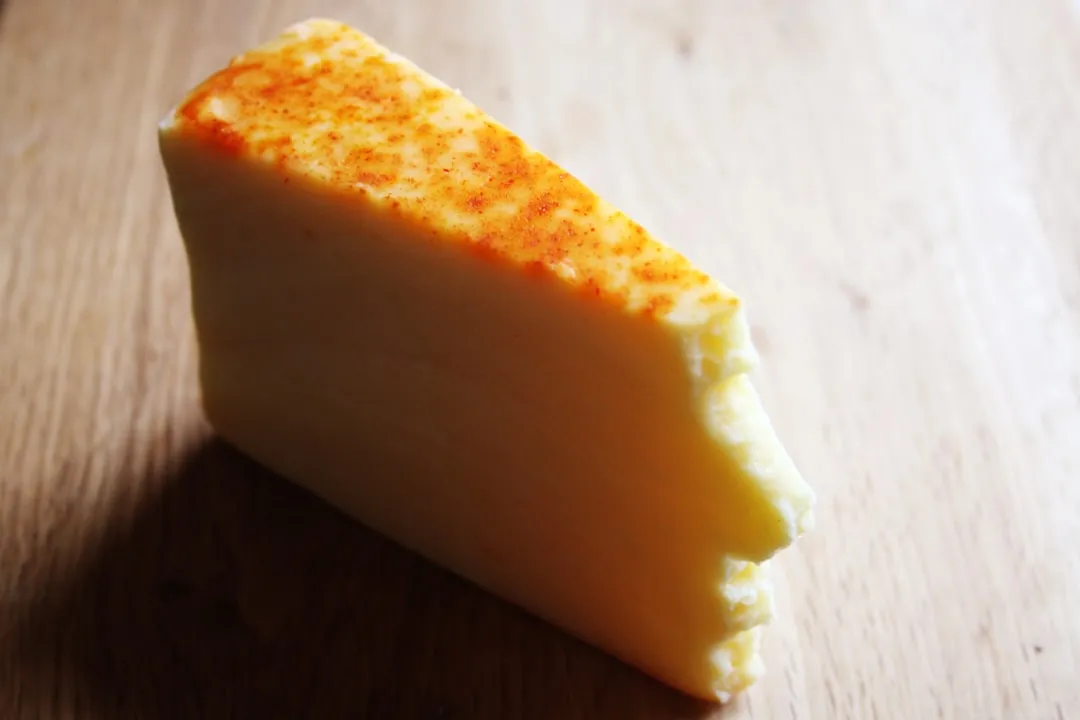
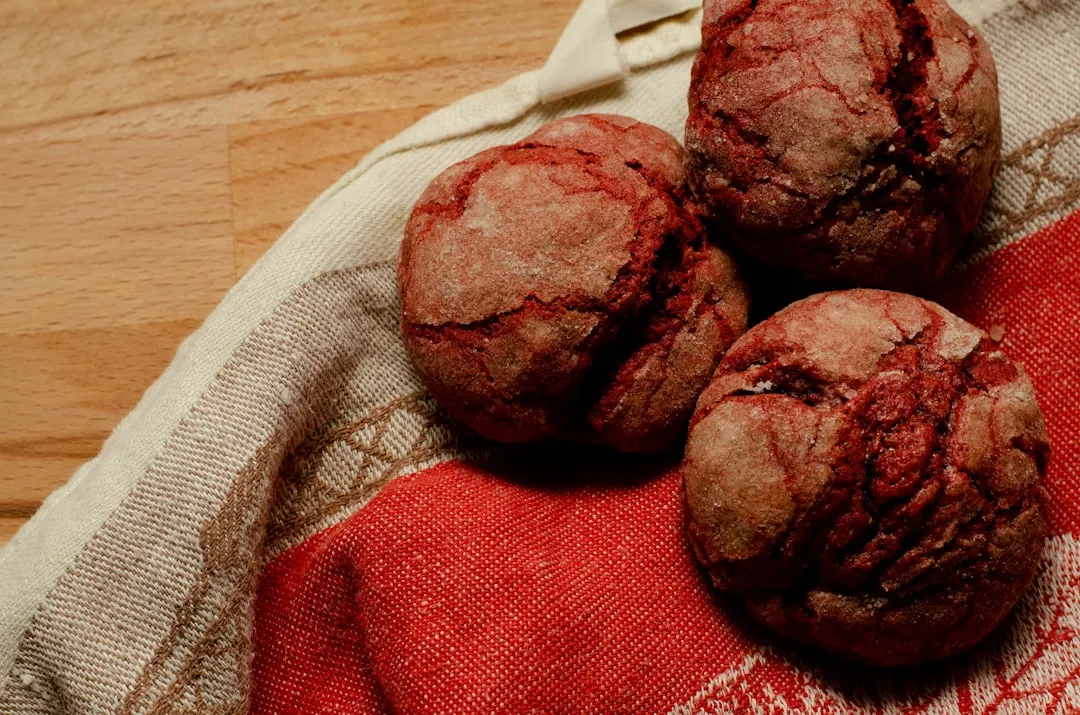


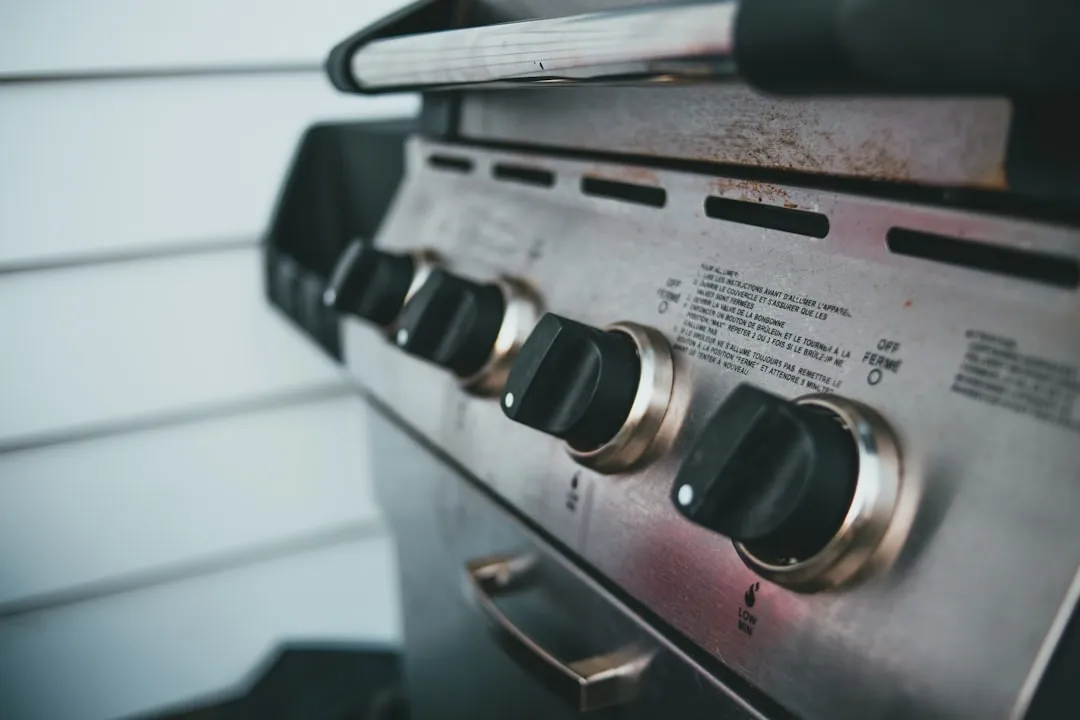
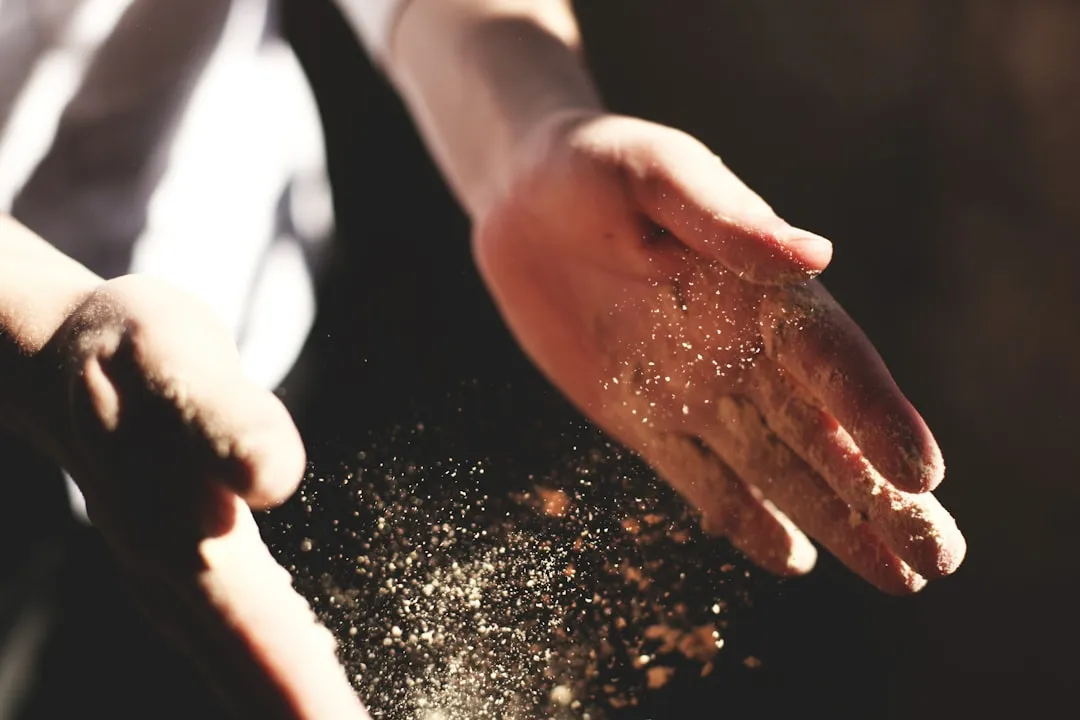

Comments
Be the first, drop a comment!